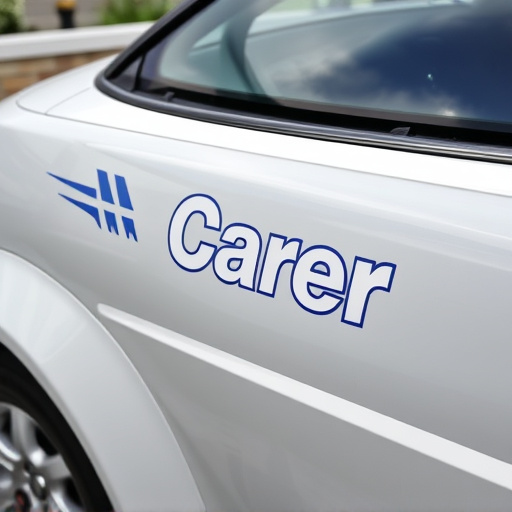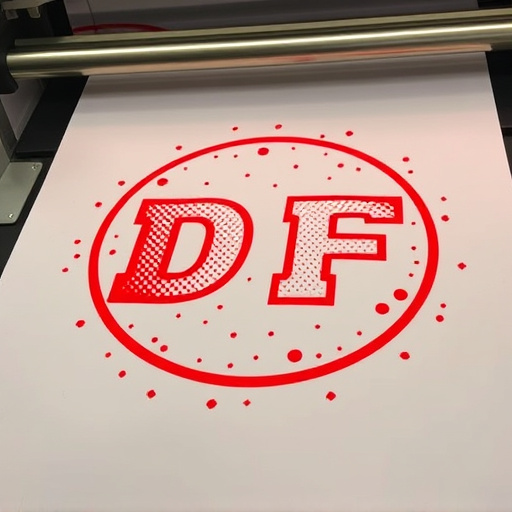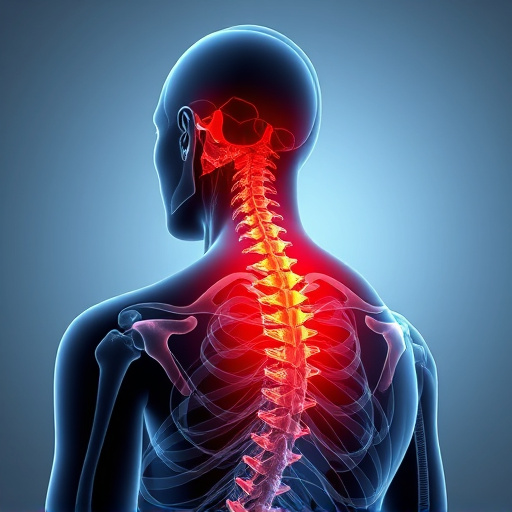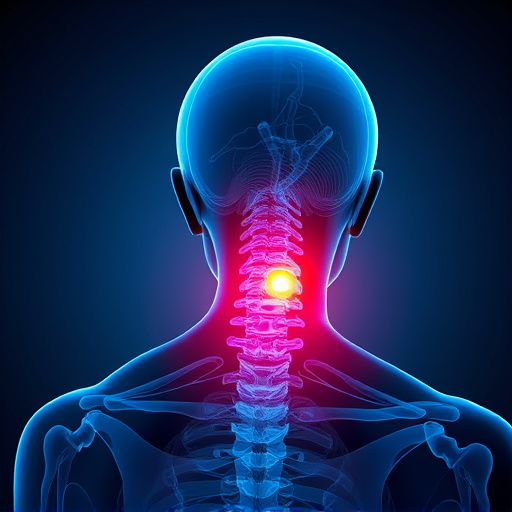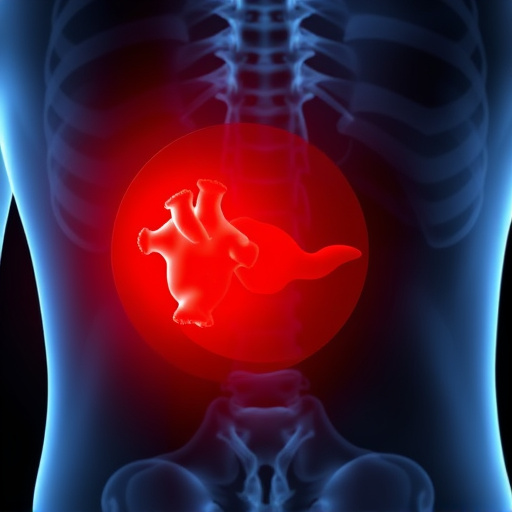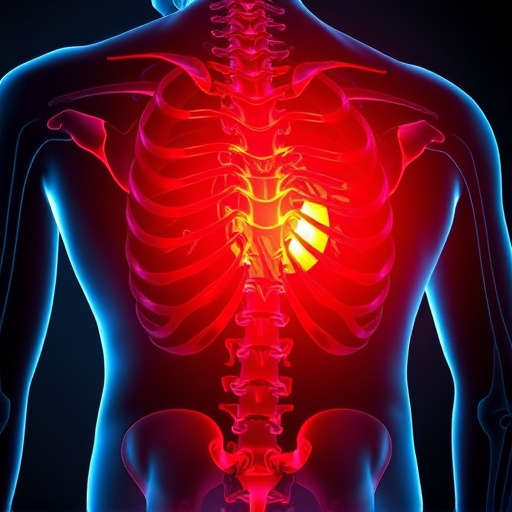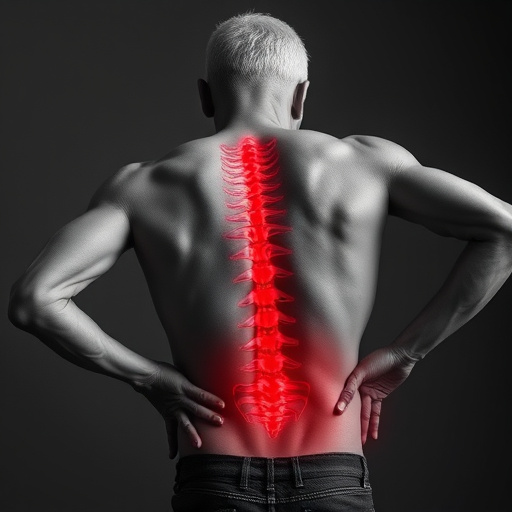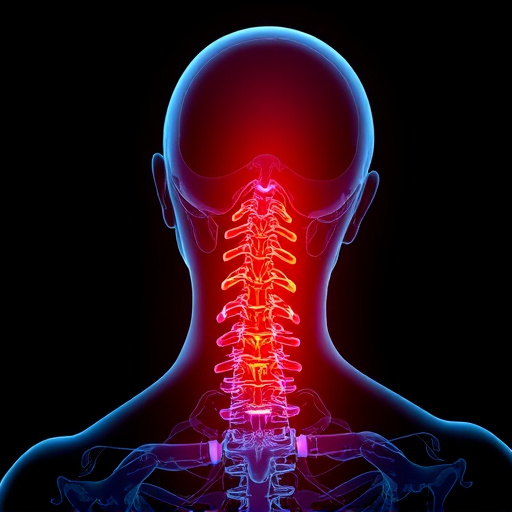Herniated discs, caused by aging, injury, or strain, lead to nerve compression, resulting in pain, numbness, or weakness. Inversion tables, an alternative therapy, offer relief and improved mobility by reducing pressure on nerves, strengthening muscles, and restoring the spine's natural curve. While effective, they should be used as complementary treatment alongside professional guidance, especially for pre-existing conditions, to avoid exacerbation. Combining inversion tables with functional rehabilitation and shockwave therapy can enhance results in herniated disc treatment.
“Are inversion tables a game-changer in herniated disc treatment? This comprehensive guide explores the potential benefits of this unique therapy option. We delve into the world of herniated discs, understanding their cause and impact on the body. Then, we examine how inversion tables, by gently reversing the normal curvature of the spine, can provide relief.
From exploring the science behind it to considering safety precautions, this article offers a detailed look at whether inversion tables might be right for your disc-related discomfort.”
- Understanding Herniated Discs and Their Impact
- Exploring Inversion Tables as a Potential Treatment Option
- Benefits, Considerations, and Safety Precautions for Using Inversion Tables
Understanding Herniated Discs and Their Impact

Herniated discs, a common issue affecting the spine, occur when the soft inner nucleus pushes through a tear in the outer ring, often due to aging, injury, or strain. This herniation can put pressure on nearby nerves, leading to acute or chronic pain, numbness, or weakness in various parts of the body, depending on the affected area. The impact can be significant, causing debilitating back pain and limiting mobility, affecting one’s daily activities and quality of life.
The discomfort associated with herniated discs often prompts individuals to seek effective treatment options. While there’s no universal cure, therapeutic exercises and manual therapies, like inversion tables, are widely explored for their potential in providing back pain relief and promoting mobility improvement. These treatments aim to reduce nerve compression, strengthen supporting muscles, and restore the natural curve of the spine.
Exploring Inversion Tables as a Potential Treatment Option

Inversion tables have emerged as a potential treatment option for individuals suffering from herniated discs, sparking curiosity among those seeking relief from back pain. These specialized devices work by gently inverting the spine, allowing for stretching and manipulation of the vertebrae. This approach aims to reduce pressure on the affected area, potentially alleviating symptoms associated with herniated discs such as neck or lower back pain, numbness, and weakness.
For individuals who have exhausted conventional treatment methods like rest, physical therapy, and medication without significant improvement, inversion tables offer a unique perspective on herniated disc treatment. They can be particularly beneficial for those experiencing sports injuries or auto accident-related back trauma, as the controlled stretching provided by these tables may aid in faster recovery, complementing traditional chiropractic treatment.
Benefits, Considerations, and Safety Precautions for Using Inversion Tables

Inversion tables offer a unique approach to alleviating back pain associated with herniated discs. By gently inverting the body, these devices reduce pressure on the affected area, allowing for increased spinal mobility and disc height restoration. This can lead to significant back pain relief for individuals experiencing sciatica or other symptoms stemming from a herniated disc.
While inversion tables show promise as an alternative therapy for herniated disc treatment, several considerations are crucial. Improper use may exacerbate existing conditions, particularly in cases of severe disc herniation or spinal stenosis. It’s important to consult with a healthcare provider before incorporating inversion tables into your routine, especially if you have pre-existing back conditions. Additionally, functional rehabilitation and shockwave therapy can be valuable complementary treatments for herniated disc management, addressing underlying causes and enhancing the effectiveness of inversion table use. Always prioritize safety, starting slowly and gradually increasing inversion angles under professional guidance to ensure a positive experience with minimal risk.
Inversion tables have emerged as a potentially beneficial tool in the arsenal for managing herniated disc symptoms. By gently reversing the spinal column, these devices can provide relief from pain and discomfort associated with herniated discs. However, it’s crucial to approach this alternative treatment with informed consideration. Consulting a healthcare professional before using an inversion table is essential to ensure safety and suitability, especially for individuals with certain medical conditions or severe disc injuries. Through careful selection, proper usage, and expert guidance, inversion tables could offer a gentle and effective approach to herniated disc treatment.
